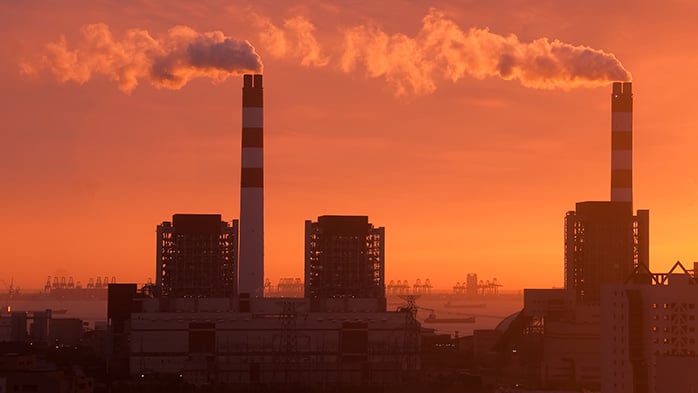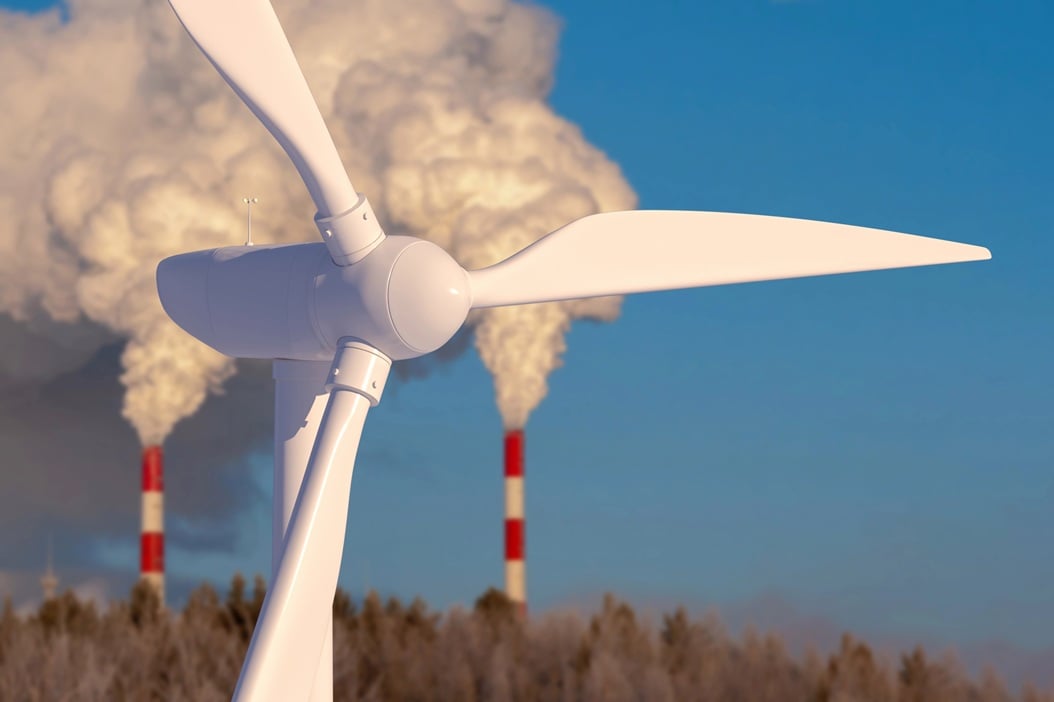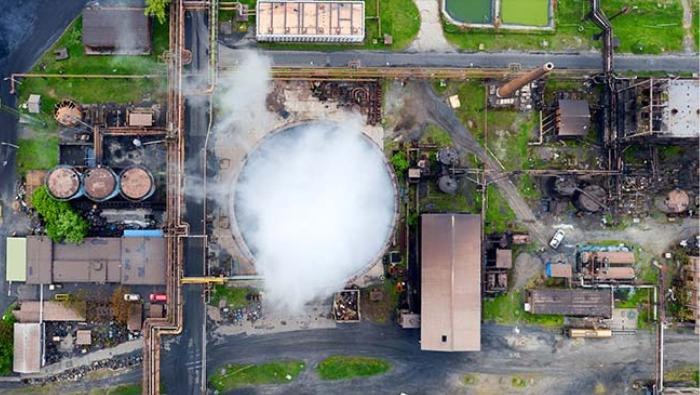As climate pressures increase, commodity producers and consumers are increasingly taking action to reduce emissions from their assets, supply chains and products. Companies at the forefront of decarbonisation are looking to capitalise on increased demand for materials with a reduced carbon footprint, leading to speculation and debate about whether a ‘green’ premium will exist for such products.
In this Insight we propose a framework for assessing ‘green’ premia by considering the market drivers of a green premium and how they might be quantified. This framework will help both buyers and sellers in negotiating commercial agreements for these products as they become available on the market.
Premia are realised from perceived value and scarcity
Many aspects of commodity markets are inherently heterogeneous, with products varying in grade, impurity content and form, amongst other characteristics. Buyers typically discriminate between differing specifications of the same commodity. However, the extent to which these product attributes are reflected in price differentials such as premia or discounts depends on the specific characteristics of the underlying market and the purchasing strategy of the buyer.
A quick Google search or consultation with a dictionary suggests that a premium, in the context of buying or selling a product or service, involves paying a higher price than usual either due to perceived higher value or scarcity. In other words, the consumer (or buyer) has a greater need for the product or service than a ‘standard’ product or service and the seller is able to realise that value by charging a higher price.
This provides some useful insights when considering a potential green premium as applied to commodities:
- The premium paid is ultimately derived from the additional value the customer perceives or attributes to the green credentials (e.g. reduced carbon footprint) of the commodity.
- Since scarcity is a key driver of premia, the structure and availability of supply will be key factors in determining the magnitude of a green premium within a specific commodity market.
Given the principles above, we define a green premium to be:
“An additional price, over and above that paid for the equivalent ‘standard emissions’ substitute, that the consumer or buyer will pay due to the lower CO2e emissions associated with a product.”
We focus our green premium definition on emissions deliberately. Broader sustainability concerns such as labour and local community rights, water stewardship and biodiversity are gaining traction in commodity markets. While CRU recognises the importance of these wider sustainability efforts, at present, we see less evidence for price premia related to these criteria. This is likely to evolve over time as awareness of these issues increases and broader sustainability regulation and responsible sourcing standards become embedded in the industry. However, in the current market, green premia remain focused on the carbon footprint of products.
Applying this definition to commodities, the green credentials, and hence key drivers of any premium, are derived from either:
- Low, near-zero or net-zero carbon emissions associated with the production of the commodity (e.g. green hydrogen-based steel, low-emissions ammonia and hydropower-based aluminium).
- The contribution of the intermediate product or raw materials to reducing or eliminating emissions in later stages of the commodity value chain (e.g. high grade ore).
In negotiating green premia, buyers and sellers need to be clear on what is included in the ‘green’ premium definition and what is included in the baseline commodity price. It is important to note that the green premium is the extra price producers can extract – and customers are willing to pay – over and above other price ‘extras’ such as those relating to the physical characteristics or carbon costs associated with producing a commodity. In circumstances where green production costs are higher than those for ‘standard emission’ products, a green premium will not necessarily translate to higher producer margins, unless market conditions allow, as discussed below.
Market pull is a key driver of green premia
Taking account of the principles above, the drivers of green premium for a particular commodity can be categorised as follows:
Market ‘pull’
- Supply chain climate pledges – organisations are increasingly announcing emission reduction targets for their own production sites (Scope 1 + 2) as well as their supply chain (Scope 3). Such targets put the emissions associated with the in-bound materials very much in focus and hence create a market pull throughout the value chain.
- Materiality – customers will place a higher value on green commodities that make a significant contribution to the reduction of their emissions footprint, than those that are a minor component.
- Lack of availability of low-carbon substitutes – markets where alternative, cheaper low-carbon options are available to the consumer will be less conducive to green premia than those without. For example, secondary (recycled) material or carbon offsets could be a viable alternative to low-carbon primary material, depending on a customer’s product quality needs and emissions reduction strategy.
- Price sensitivity – customers will be more willing to pay a green premium if they have confidence that it will either reduce their production costs (e.g. by avoiding purchases of carbon permits) or they can pass on the increased costs to their own end consumers.
- Regulation – policies such as green public procurement, green building standards and green product standards are likely to increasingly mandate the use of commodities with a lower carbon footprint.
Supply structure
- Green commodity costs – the production of lower or near-zero carbon commodities often incurs extra costs versus standard commodities, due to the need to procure renewable power, electrify and invest in new green manufacturing technologies. This cost differential will vary by commodity and will depend on the product characteristics and manufacturing processes deemed necessary to qualify as a ‘green’ material.
- Responsiveness of supply – green commodity markets with limited capacity and high barriers to entry (e.g. green hydrogen-based-steel) will be more conducive to a high and persistent green premia than those with flexible supply. This has been borne out by research CRU has conducted with prospective buyers of green commodities.
Supply tightness will create an opportunity for first movers
With the drivers of green premia understood, upper and lower bound limits for quantifying the green premium can be determined. Theoretically, the lower limit for a green premium will be the cost differential, if any exists, of the low- or zero-carbon product. As a minimum incentive to supply such green commodities, suppliers will need to be compensated for any associated increase in production costs. Process improvements, technology innovation and economies of scale will help to reduce green production costs over time (n.b. as shown in Figure 2). At the same time, rising carbon prices will increase the costs of producing commodities via conventional, fossil fuel-based routes. Hence, the cost differential between green and ‘standard emissions’ commodities will narrow over time.
The upper limit to a green premium for a commodity is determined by market pull and the prevailing supply-demand conditions. CRU research indicates that some low-carbon commodities will be in deficit for a period of many years due to bottlenecks in the widespread decarbonisation of value chains. This provides an advantage for first movers who could be rewarded by enjoying the highest premia for longer.
Depending on the relative bargaining power between buyers and sellers at any point in time, individual transactions on green premia may fluctuate over time. However, suppliers will need evidence of long term and sustained demand for green commodities to justify investment in new capacity and technology. Likewise, consumers will want surety of supply before committing to green commodities. As a result, green premia are likely to be the subject of long-term off-take type agreements across a range of commodities in the coming years. Having a framework that helps determine the bargaining zone for such green premia will be important to both buyers and sellers to avoid overpaying (in the case of the former) and not leaving money on the table (in the case of the latter).
CRU’s independent assessment of the potential value of green premia for commodities is an important source of insight for investors and lenders as they evaluate business cases for low-emission projects. If you would like to discuss CRU’s green premia research in more detail or learn how our expertise can give you the commercial advantage you need, please get in touch. For an example of how CRU’s experts have helped clients in this fast-evolving space, read our Insight – Enabling decisions in the green steel space that will help shape the future of the steel industry.

















